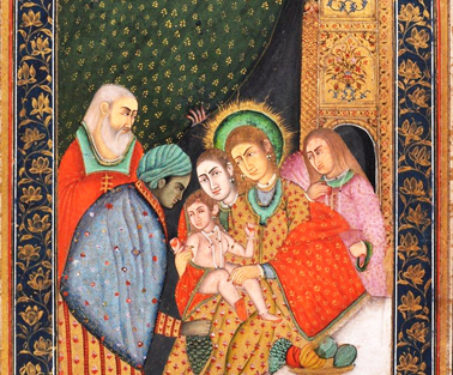

Finding Jesus: When Mughal Art Discovered the Land of the Bible
Starting in the 16th century, Christian themes went viral in traditional Indian art. Shubhasree Purkayastha explains how it all began

Starting in the 16th century, Christian themes went viral in traditional Indian art. Shubhasree Purkayastha explains how it all began
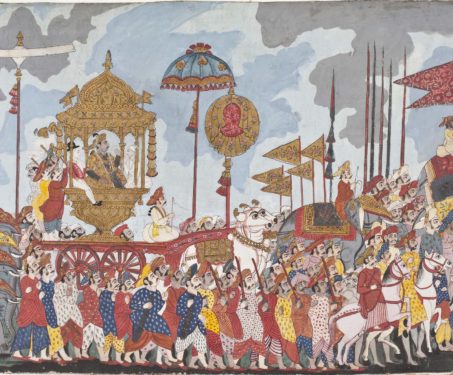
Ten incredible styles of painting, sculpting and weaving that wouldn’t have existed without these visionary royal patrons

Meet the formidable warriors, diplomats and architects of the Mughal harems
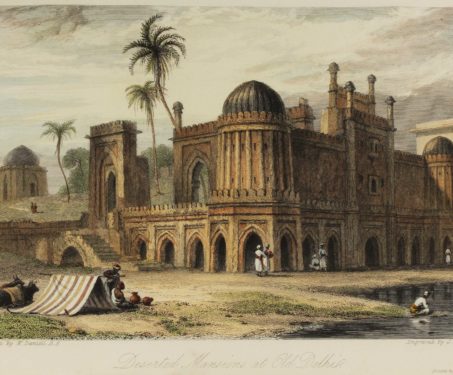
See the city as it once appeared from the vantage point of these vanished, obscured or simply forgotten sights—resurrected from the Sarmaya archives.
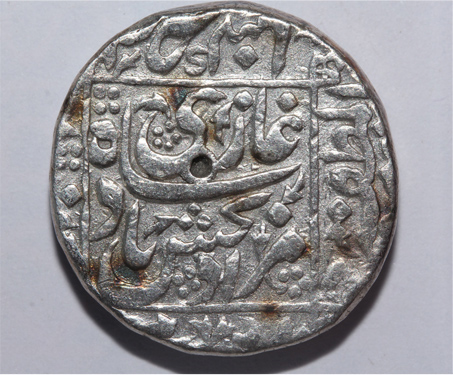
Murad Bakhsh (1624-1661) was the youngest son of Shah Jahan. He was very successful in the initial stages of the Balkh-Badakhshan campaign of 1646, but when he left the expedition to return to Agra, it created a permanent rift between him and his father and resulted in his expulsion from the Mughal court. Later, Murad… Read more »
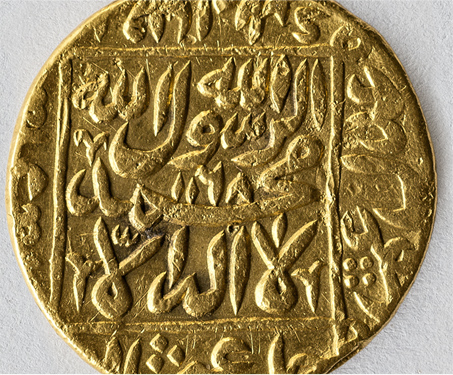
This is a gold mohur issued by Alamgir II (1699-1759) and minted in Shahjahanabad. Alamgir II was a Mughal Emperor, who ruled from the capital of Delhi during the latter part of the 18th century. Being raised to the throne at the age of fifty-five, he was a relatively weak and incapable ruler, and was… Read more »
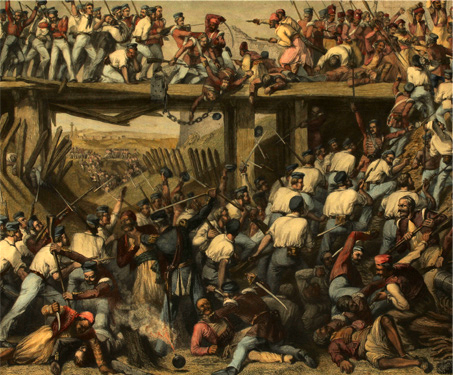
Thomas H. Sherratt’s original engraving and etching, The Storming of Delhi is based upon a design created by Matthew Somerville Morgan (M. S. Morgan), depicting the siege of Kashmiri Gate (Delhi) during the Uprising of 1857. After weeks of planning from the ridge under the leadership of John Nicholson, the British captured the city of… Read more »
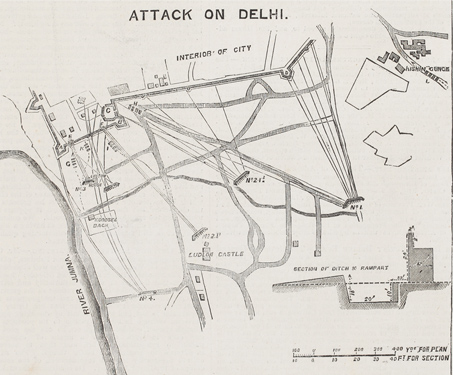
This is a print of the map showing the plan of the British attack on the city of Delhi, during the Uprising of 1857. Various clusters of directional lines with coordinates mark areas where the British troupes advanced. Landmarks such as the Landlow Castle and the ‘rampart’ hint that the advance is from the Ridge… Read more »
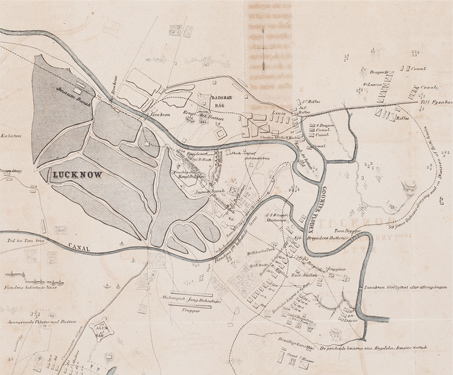
This map shows the plan of operations to carry out the Siege of Lucknow in 1857. During the Uprising, Lucknow held out for much longer than the rest of the strongholds of northern India, and an operation had to be devised by the British troupes to evacuate trapped and imprisoned Europeans from the Residency building.… Read more »
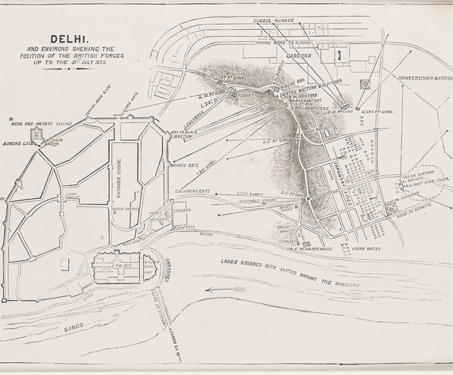
This is a military map showing the various positions of the British Army, and the plan of their attack on the walled city of Shahjahanabad. Created during the Uprising of 1857, the map points out various important landmarks such as the Chandni Chowk and the Subzee Mandi as also the gates around the fort such… Read more »
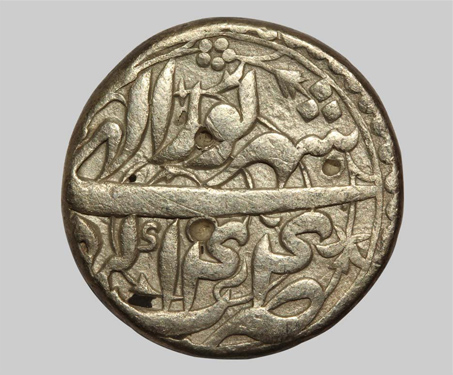
After 1585 AD Akbar notably removed the inscription of the ‘Kalima’, the Mohammadan profession of faith, from the face of coins issued by him. Coins issued in this later period belonged to the Illahi Era, as they bore the Illahi credo ‘Allah hu Akbar Jalla Jalaalah’ (God is great, may His glory be glorified). He… Read more »
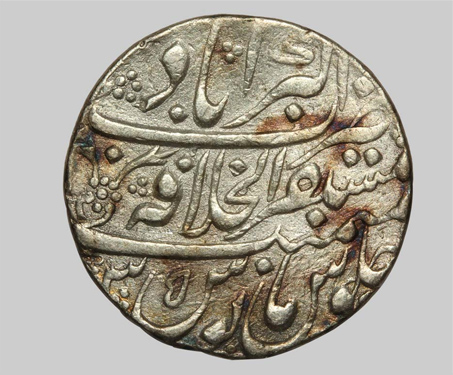
Aurangzeb Alamgir forbade the use of the Kalima on coins, as he did not want it be defiled by usage. However, he did keep the tradition of inscribing couplets on Imperial coins. This silver coin bears the “Mihir-e-Munir” couplet on the reverse, which reads “SIKKA-ZAD DAR-JAHAN MEHRE MUNIR SHAH AURANGZEB ALAMGIR”. In English this translates… Read more »